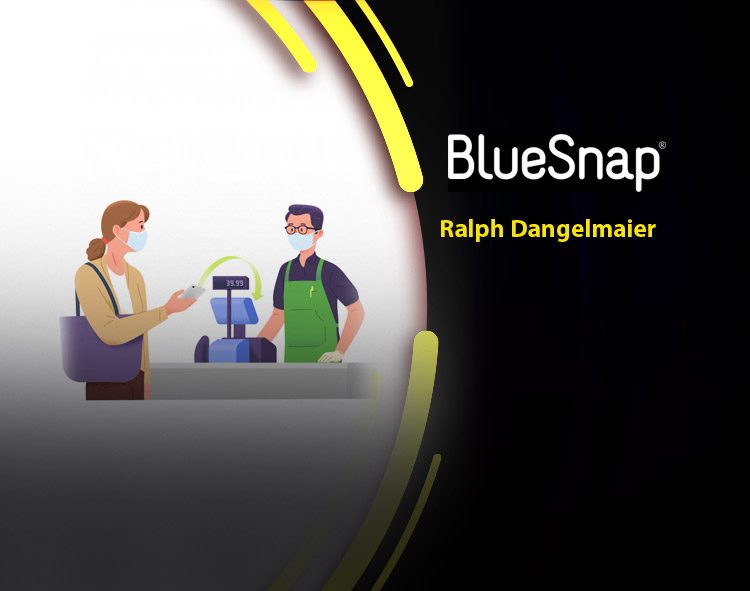My local Dunkin’ Donuts (I’m a Boston guy) doesn’t want customers using cash or typing in a PIN anymore. They ask that we use Apple Pay or the Dunkin’ mobile app because that keeps us and their staff safer.
Good on Dunkin’ for embracing what I call Corona-Free Payments. They are one among many things businesses need to operate safely during the coronavirus pandemic. As the economy reopens, businesses that strive to keep customers safe—including at checkout—will have an edge. Those that don’t will fail at their civic responsibility and struggle to compete.
Read More: Coronavirus Highlights the Virtues of Crypto Alternatives
What do I mean by Corona-Free Payments?
Right now, most stores are equipped to take cash, credit cards and debit cards. In addition, an astounding number of businesses still use paper checks to transact with other businesses.
These are potential vectors for the coronavirus. Cash is passed by hand. With a credit card, you have to dip into a POS, write your signature on the screen or paper receipt, and sometimes click buttons. With a debit card, you have to enter the four-digit PIN. To sanitize cash or clean a POS system between each transaction isn’t practical.
What are your options then? If you haven’t already changed up your payments, here are the best options for US-based businesses along with some things to consider.
-
Take payments through a mobile app
This is the most expensive option, but taking payments through a mobile app gives a business the most control over the checkout experience, rewards program, customer data, and marketing opportunities. Once customers enter a card or link a mobile wallet to the app, they can pay in a few taps.
-
Accept Apple Pay, Google Pay, Samsung Pay, etc.
These digital wallets are native to popular smartphones and compatible with all the major credit cards. They can be used online or in stores that have a Near Field Communication (NFC) reader. Digital wallets are ideal for stores that have expanded into e-commerce or introduced a clicks-to-bricks model for curbside pickup.
-
Encourage customers to use contactless, NFC payments
Contactless credit cards are on the rise. They are equipped with NFC chips, which users wave in front of an NFC reader to make a payment. Customers might not even realize they have this technology, and many are so used to dipping or swiping a card that they just haven’t formed the new habit.
-
Set up an e-commerce page
Many businesses can sell physical goods through marketplaces hosted by Amazon and Walmart. In addition, they should set up an e-commerce shop and either a) ship goods or b) offer curbside pickup to local customers. They’ll have more control over the experience, pricing, and branding on their own e-commerce site.
Read More: Are Google, Amazon, Apple the Next Big Thing for FinTech?
-
Switch to ACH and credit card payments for B2B
I don’t know how long the coronavirus lives on a paper check, and neither do your vendors and B2B customers. All I know is that no one wants to receive a paper check right now. Instead, use ACH or credit cards for these transactions. They’re faster and less expensive anyway.
None of this is temporary
To be clear, Corona-Free Payments are not a temporary change. This is the norm going forward. Cash and other contact-heavy payments will dwindle and eventually disappear. Public health officials may discourage or outright ban these payments because they increase the risk of transmitting COVID-19.
So get ahead of the trend. Set yourself up for Corona-Free Payments, and don’t plan to go back.
